Originally posted 2023-02-04 17:28:54.
Over the last eleven years’ I have spent much time in the Philippines and was lucky enough to be invited into the company of Filipino families on many occasions. I was fascinated to observe a two-group social model in full operation. This two-group social model was particularly obvious at large family gatherings.
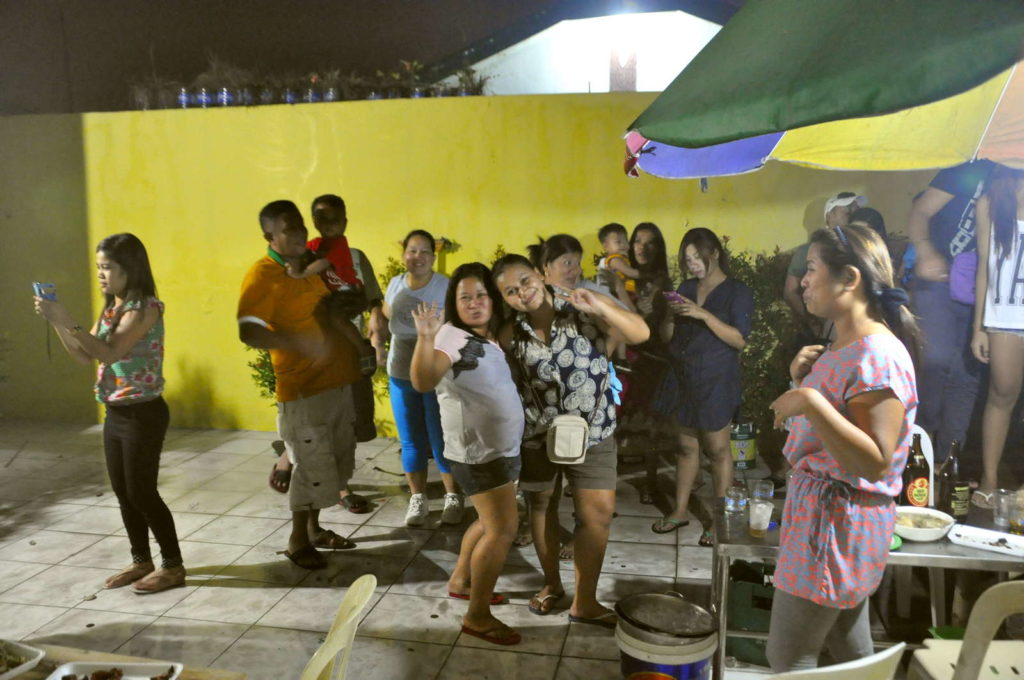
Here, the men would congregate around one or more tables — often drinking heavily — while the women and children socialised completely separately. There were never any women or children at the men’s tables. Because I am obviously a man, I was directed to the men’s group and watched from there, as the rising tide of alcohol — in the form of ‘Empi’ or Emperador brandy — rose to my gills.
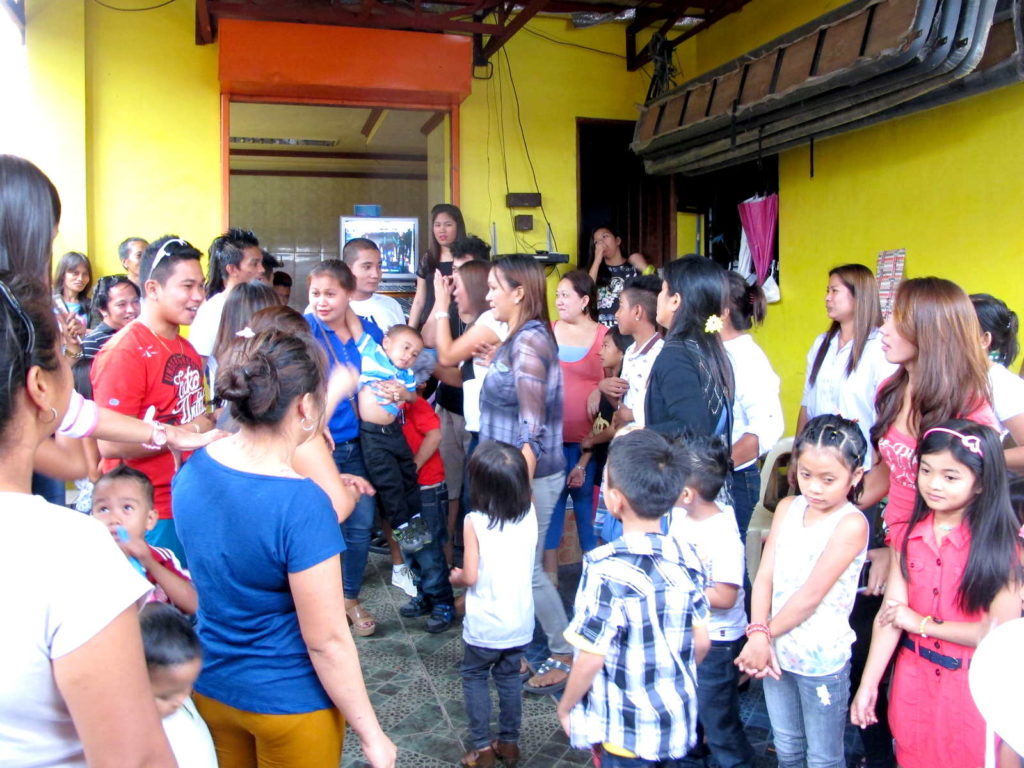
This separation into two groups, however, was not to do with alcohol. As a foreigner and a guest — a person of important status in a Filipina household — I was also invited to join women’s drinking parties on several occasions and I can attest that Filipina women party just as hard as the men do.
The two-group social model in action
The structure of the two-group social model was particularly interesting. While the men’s group was made up exclusively of adult masculine men, the other group was of women, children and baklas, also known as ladyboys. These might best be described as ‘unmasculine males’ to a Westerner but to them, a better rendition would be ‘woman inside’. When women socialised independently of men, there were usually some baklas there too; they never appeared in the men’s group activities.
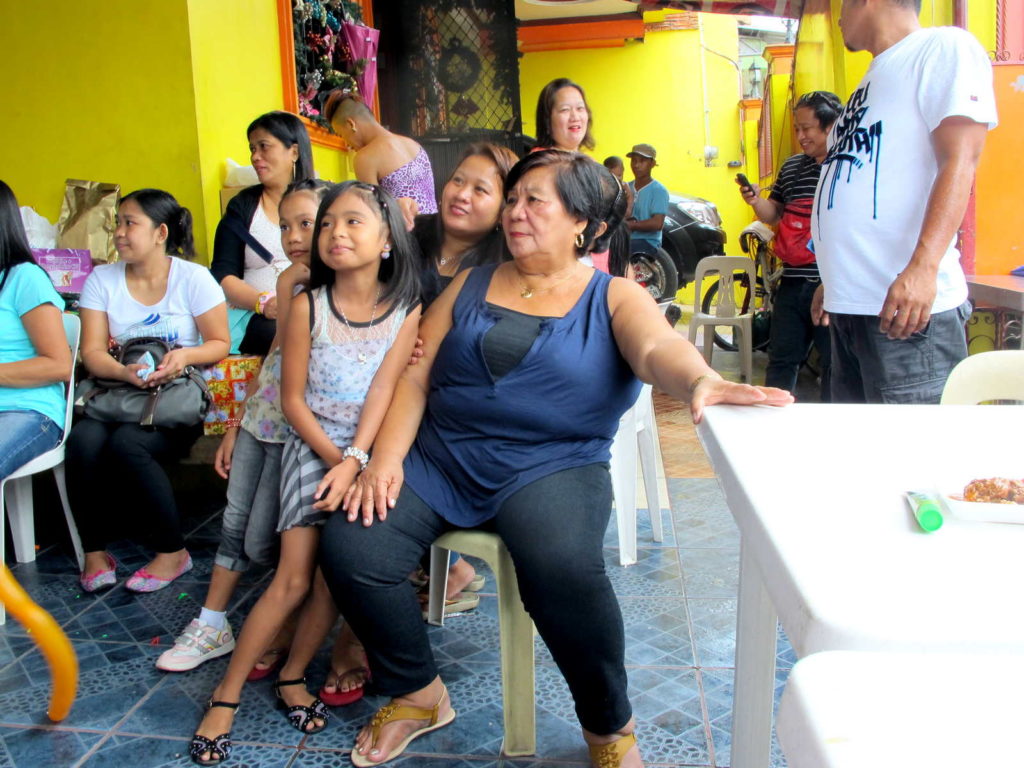
The term ‘gay’ in Filipino culture does not mean quite what it means in the West today. It signifies a person born male who identifies internally as a woman and who desires men romantically and sexually. The simplest definition would be ‘unmasculine male who desires masculine men sexually.’
Gays here are only interested in sexual and romantic liaisons with masculine men, often married ones and reject partnerships with others like themselves out of hand. One said ‘I don’t want to eat my own ass!’ The notion of the ‘egalitarian gay’ where manly manly men lust after other manly manly men, is regarded as ridiculous throughout Asia and while there are some implantations of this Western model, they are reviled by the vast majority of ladyboys here.
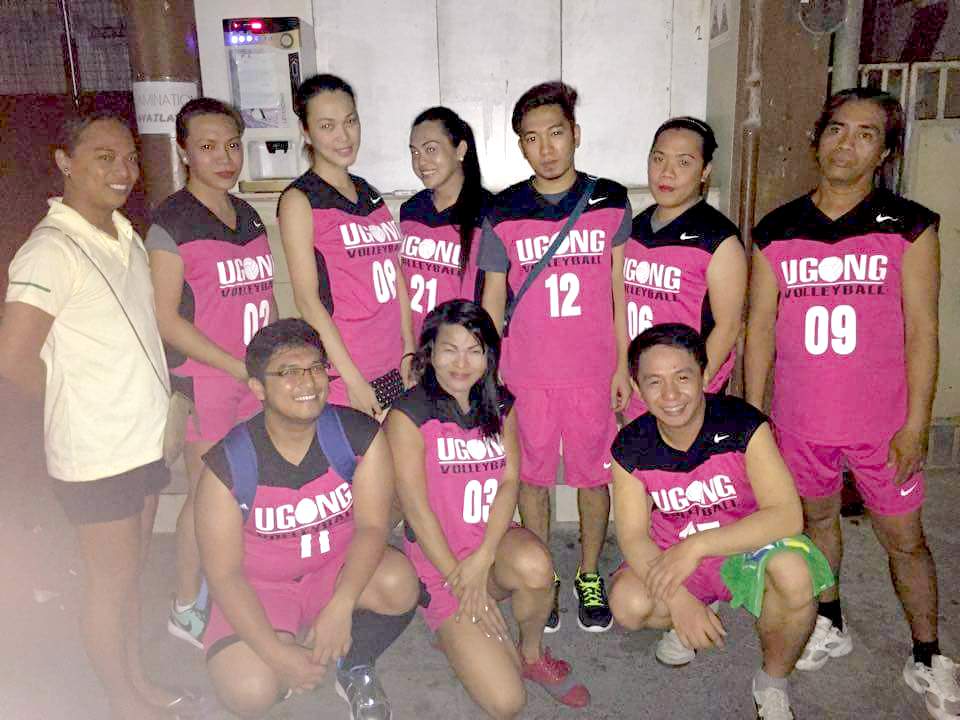
The observation of social interaction in Asia is revealing. Remember, one group contains only adult masculine men; the other, everyone else. So there is a group of ‘men’ and a group of ‘not-men’. Gays, baklas, ladyboys, fall into the latter group. They are never part of the men’s group, because they are ‘not-men’. I call these groups the Away and Home groups, for simplicity,
You cannot be a man, while desiring to be penetrated by men, in this culture.
Ray Blanchard again
Ray Blanchard demonstrated that homosexual transsexuals, who constitute a large segment of the ladyboy culture, or kabaklaan, here, are on a scale of variation with other homosexual males. This close association, within the Asian model, means that all homosexuals, whether transitioned or not, are related and are part of the Home group. These individuals grow up socialising with girls and women and adopt the gender expressions that are naturally found within this group as their own. This is certainly performed but it is not an act, any more than gender is for anyone else. They are naturally feminine. In fact, homosexuals who preform pseudo-masculinity are acting.
That is why ladyboys are so feminine: their childhood socialisation was inside the Home group, within which the authority figures are all women. When the women, children and gays congregate together, separately from the Away group, it is around the matriarch, usually a grandmother or great-grandmother All ladyboys grow up within this group. Their gender is their badge of membership.

Boyish boys and the two-group social model
You might reasonably point out that boyish boys, who will grow up to be masculine men, also start life inside the Home group within the two-group social model. So why don’t they turn out to be baklas or ladyboys too?
This happens because some individuals experience anomalies in hormone delivery in utero. As a result they experience Sexual Inversion. This, in males, causes a shift towards the feminine on a range of parameters but particularly sexuality and gender. Boys who do not experience this, except in one case, do not grow up to be baklas.
So, just as Blanchard’s model predicts, there is a group of boys who are extremely feminine, usually small, pretty, and often artistically talented, who begin their cross-gender identification very young, perhaps four or so. It is assumed by the culture that these will be baklas, so their position is prepared for them.
However there is another cohort who seem to change at around the age of fourteen to sixteen. Formerly, they were ordinary boys and suddenly they are dressing in girls’ clothes. This is consistent with the DSM-V position on adolescent gender dysphoria. In Blanchard Theory these boys are Autogynephilic. They are obsessed by the idea of themselves as beautiful women and many do become pageant queens or beauconeras. The two-group social model responds by admitting, or readmitting them to the Home group.

An honour
What Westerners may not realise, because of the egregious transphobia of their culture, is that to remain part of the Home group is an honour. Boyish boys are excluded from it when they become adult, because men are inferior to women. Why are they inferior? Because they are brutish and violent, but most of all, they cannot make babies. Only women can make babies — and here is an important corollary: only those who can make babies are women. Ladyboys lack the most important power of all, the crux of women’s authority. They can give a man sexual pleasure but they cannot create.
The Away group is made up of outsiders looking in. While they may be sexually desired by those in the Home group, they are not part of it. The real action takes place in the Home group, presided over by the matriarch, who disposes her beneficence in the form of loving smiles and words and, frequently, gifts. She is ‘Mother Christmas’ and indeed, is an incarnation of the Goddess herself — as are all her daughters.
Baklas
Baklas and their equivalents, of both cohorts, gain honorary right to remain in the privileged Home group, because they are girls. In this culture, a girl is a female who has not yet given birth. Ladyboys are girls, because they can and will be penetrated by men, but they can’t be women, because they can’t make babies. They behave like other girls and so they are tolerated within the group even though they lack the power to make life, because they do not offend those who do. In fact, ladyboys provide a social benefit: they are able to relieve young men’s sexual desire, without risk of conception.
Following on from this they may adopt behaviours consistent with being a woman: growing their hair long, wearing make-up, adopting ‘feminine’ body-language and so on. These actions symbolise a desire: to remain a ‘not-man’. This gives them the right to remain a part of the Home group as they get older and reinforces their adoption of gender roles and behaviours that they associate positively, within the two-group social model, with women. This is why they are often so feminine and strive to be as beautiful as they can be — it is only in part to attract male partners: it is also a badge of affirmation, a sign of their membership of the honoured group, of being ‘not-men’ themselves.

When Western feminists point to socialisation as how it is that a ‘woman’ can be, they are partly right. What they fail to recognise is that, especially outwith the white, Anglo-Saxon, West, ladyboys share exactly the same socialisation patterns as women. Furthermore, they become targets for sexually active men, which the culture considers to be legitimate.
Self-selection
The Home group self-selects for inclusion. One is not part of the Away group by choice, but because one is put there by the Home group, essentially the women. They decide who goes where, not the men. This is a real power that women in these cultures — and it is seen all over the world — have.
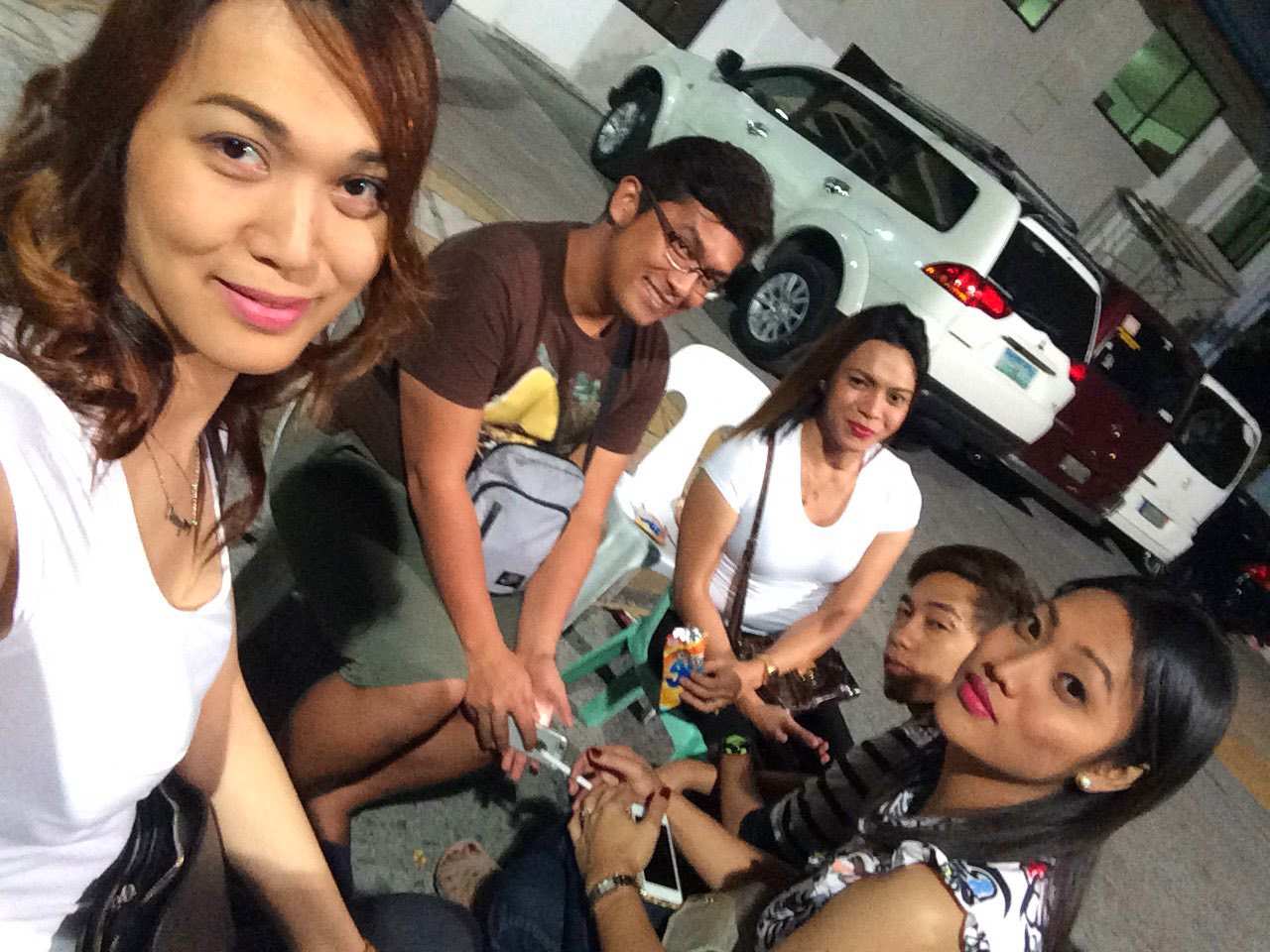
Ladyboys, in the two-group social model, are actually privileged. They have no desire to be part of the Away group. They want to remain outside it and within the group of women, children and other gays. They reject manhood, masculinity and being part of the Away group.
Thus, in many senses, albeit not including motherhood, Asian ladyboys have a strong claim to be called a ‘second type of woman’ which is what some do refer to themselves as. They often look extremely feminine, they act like women and sound like them; but perhaps most of all, they are besotted by men and pursue sex with them constantly.
Unfortunately, in the West, homosexual or true transsexuals, have found their identity parasitised, colonised and erased by another group who claim to be ‘transgender’ but who are in fact simply cross-dressing, sexually fetishistic men with a delusional paraphilia: transvestic autogynephiles.
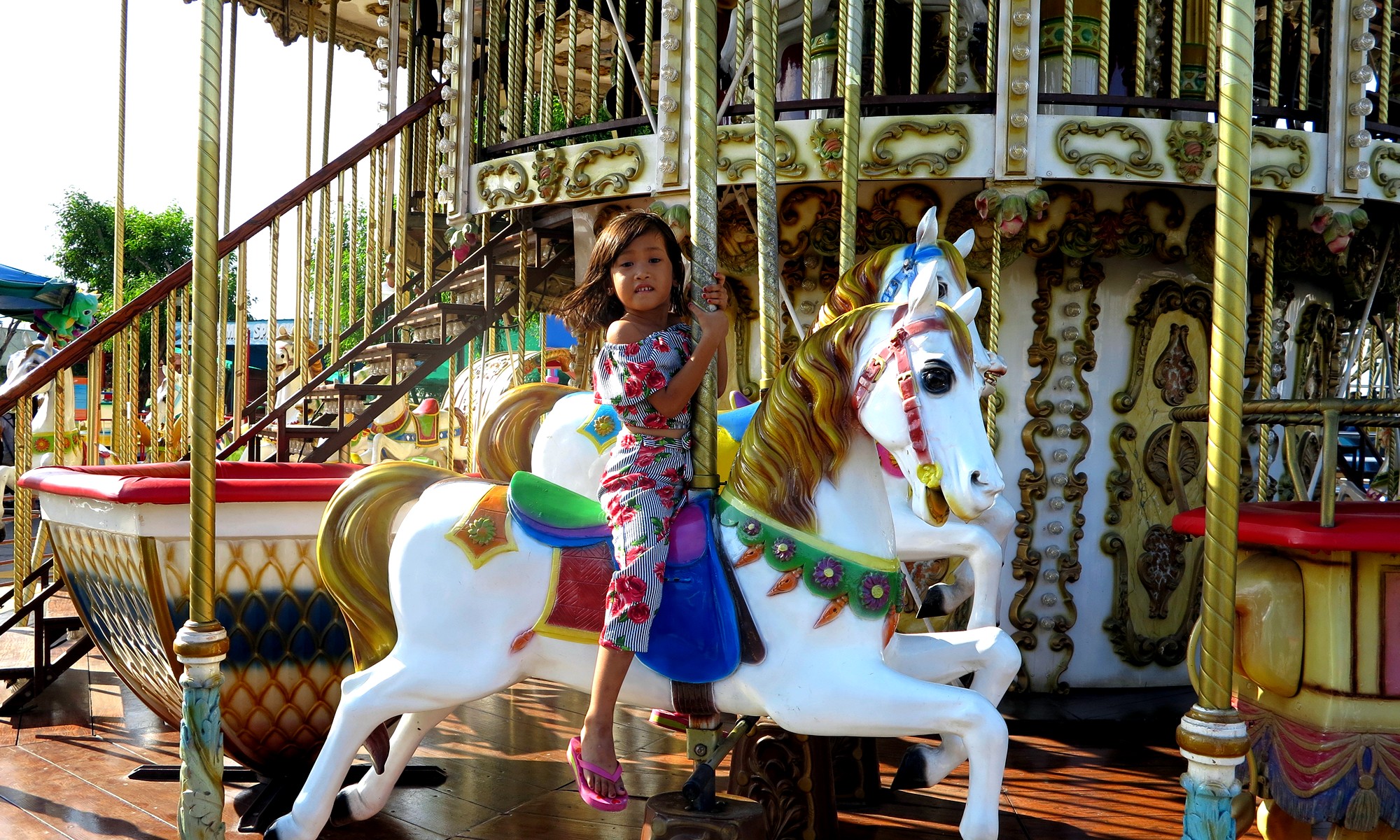



Great article, as always. 😀
Thanks for the support Andreia!